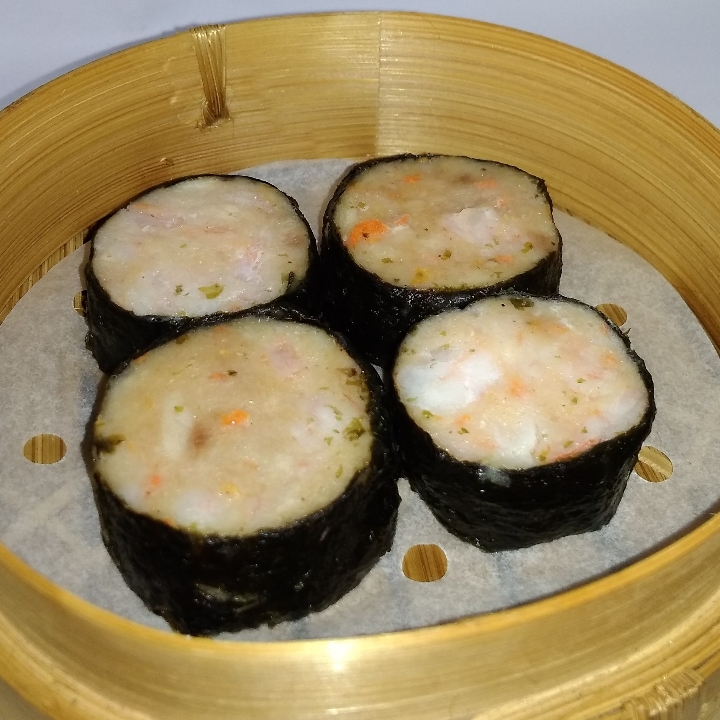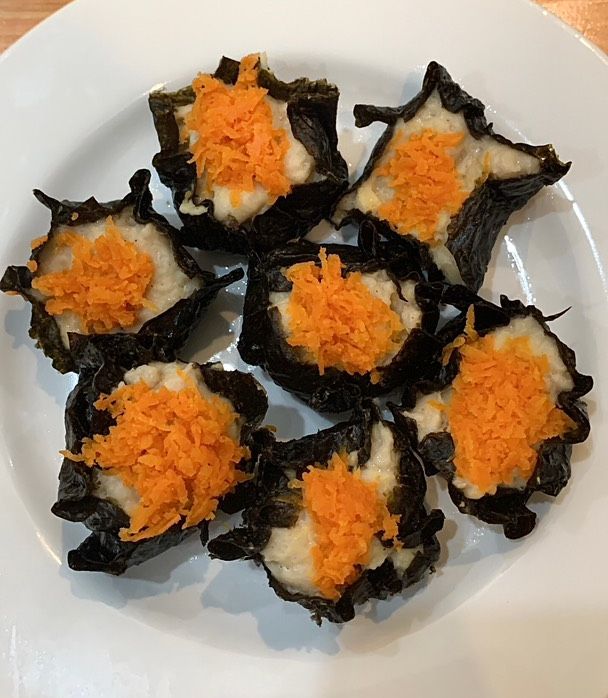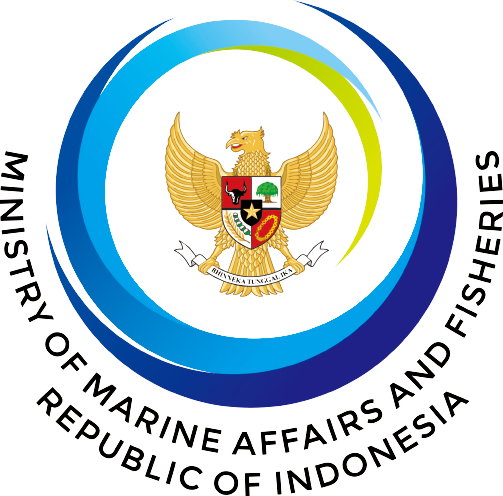
Sea-farmed Supercrop: How Seaweed Could Transform the Way We Live
From high-protein food to plastics and fuel, Swedish scientists are attempting to tap the marine plant’s huge potential
“You can just see the buoys of the seafarm,” Dr Sophie Steinhagen yells over the high whine of the boat as it approaches the small islands of Sweden’s Koster archipelago. The engine drops to a sputter, and Steinhagen heaves up a rope to reveal the harvest hanging beneath: strand after strand of sea lettuce, translucent and emerald green.
“This is one individual that we would collect now and keep as a parent, because it’s growing very fast,” she exclaims. In summer, these waters teem with sea kayaks and yachts from neighbouring Norway, but for Steinhagen and the seafarming group at the Tjärnö Marine Laboratory, spring is their peak season.
For one thing, it means less animal and plant life on the seaweed.“When you buy a lettuce, you don’t want to have a caterpillar in there. The same is true for seaweed: you don’t want a crab or snail eggs”. More importantly, spring is also when sea lettuce yields the most protein.
In fact, experts believe that seaweed could be a key crop in the “protein shift” away from meat. Some of last spring’s harvest here hit about 30% protein, close to the level that would make it compete against the world’s other big protein sources like meat and soya.
Steinhagen also believes passionately that this plant – long eaten as “green laver” on the coasts of Britain – can be a more sustainable alternative to soya. Sea lettuce doesn’t draw on scarce resources of land and fresh water.
“There is no other option,” she says later, on a bench outside the Tjärnö Marine Laboratory’s greenhouses. “Climate change is affecting most of our crop systems and we are in urgent need of new production. We cannot extend terrestrial farmland – so we need to go into the ocean.”
It’s not just a protein source. As we shift to a bio-based rather than fossil-fuel-based economy, seaweed could provide a lot of the compounds we need.
For example, Ulrica Edlund, Steinhagen’s collaborator at KTH Royal Institute of Technology in Stockholm, is a professor of polymer science who has used polysaccharides extracted from seaweed to make plastic films, filaments and other plastic materials. “It’s circular because it provides a route away from fossil-based plastics. It allows you to use biomass that can be produced at a really high rate in the oceans,” Edlund says. “You don’t have to wait 50 years for the forest to grow until you can harvest those polymers.”
New startup packaging companies are using these advances to develop seaweed-based plastics, such as the UK’s Notpla or the US company Sway, though there are challenges, too: unless you take steps to alter their chemical structure, seaweed plastics absorb rather than repel water, turning them into a formless slime.
Seaweed farming is also, outside Asia, in its infancy. But the techniques Steinhagen’s team have helped develop are beginning to be applied more widely. Nordic Sea Farms, a company spun-off from the laboratory, has long been growing sugar kelp, and has seen soaring demand from local restaurants and biomaterials startups. In October, it launched an EU-funded programme to develop commercial sea lettuce cultivation at Otterön, or Otter Island, 20km down the coast towards Gothenburg.
“As far as we are aware, there’s no sea-based cultivation of Ulva [sea lettuce] up-and-running on a commercial scale,” says Göran Nylund, a former researcher at the marine laboratory, who co-founded the company.
The first seeded ropes – 20km of them – will be set out this autumn, with the first harvest expected next spring.
Seaweed plantations are beginning to pop up all along Europe’s Atlantic and North Sea coasts. There are now at least seven seaweed farming companies in neighbouring Norway. In the Faroe Islands, there is Ocean Rainforest, perhaps Europe’s leading seaweed producer. Others have sprouted in Denmark, the Netherlands, Belgium, France, the UK, Ireland, Spain and Portugal. There are even emerging multinationals: Dutch-owned The Seaweed Company operates farms in Ireland, Morocco and India.
Despite all this, Europe still produces only a tiny fraction of the world’s seaweed: 90% of the estimated £14bn seaweed market is produced in Asia, where entire bays in China, Indonesia and Japan are taken up by seaweed farms.
The EU currently produces only a tiny 1,000 tonnes of seaweed a year, against 35m tonnes of global production, although a report by the advisory firm Systemiq argues that it could potentially hit 8m tonnes a year by the end of this decade.
“First of all, you need to find the water area, and – compared to Asia – that’s pretty complicated,” Nyland says of the barriers. “Another challenge is that we need some technical development. [Asian countries] have been doing this for a long time, but [some] are also low-income countries, so their methodologies are not suitable for us, because our salaries are too high.”
One way to find more sea access is The Seaweed Company’s experiment in growing seaweed between offshore wind turbines in the North Sea. Meanwhile, some companies are developing their own seaweed harvesting machinery to make the job less labour intensive. But there’s still no seaweed equivalent of a combine harvester or tractor you can buy off the shelf.
At Tjärnö, which is part of the University of Gothenburg, Steinhagen is working hard to improve seaweed strains to make them more productive, just as terrestrial crops have been improved over centuries. “We want to find strains which have a high growth rate and simultaneously a high protein content,” she says. “This can be done by genetic selection or strain selection – the usual horticultural methods – but we can also select for different nutrients which could enrich the protein content.”
In the laboratories, she shows her “seaweed kindergarten”: rows of bubbling cylindrical tanks where she breeds new varieties, clones new plants, and seeds plants on rolls of twine which are then wrapped on the ropes and laid out to sea.
“You see that the outer margins are brownish – that’s where they release the swarmers,” she says, showing me a container of sexually mature sea lettuce. “It’s just like sperm: they have flagella, they can move.”
This is only half of the puzzle. In the city of Gothenburg, a team at Chalmers University of Technology is looking at how to most efficiently and economically extract the protein. Prof Ingrid Undeland, the research coordinator for Blue Food, Sweden’s “Centre for Future Seafood”, says that seaweed is getting ever more “trendy” but she wants it to escape from high-end New Nordic restaurants and vegan food stores and be sold as a commodified bulk protein powder – like the ones derived from soya, whey or pea that are used to make vegetarian mince.
The new product will, she concedes, have “a little bit more of a marine flavour profile” than the almost tasteless whey and soy protein. “If you want to make a vanilla smoothie that doesn’t taste of anything, that might be challenging,” she says. “But if you want to make a savoury product, with some umami, saltiness and marine flavour, it could be an advantage.”
Unlike soya and pea plants, where protein is concentrated in special bodies in the cells of the bean or pea, seaweed protein is spread much more widely, both in the plants and inside their cells, making the protein harder to reach with the weak alkali used in extraction.
João Trigo is a PhD student in Undeland’s lab, working on improving extraction techniques. At best, he says, he can now extract about 10% of the protein in sea lettuce. Given that dried sea lettuce is at best 30% protein, that means only three grams of protein would come out of 100g of dry sea lettuce.
In his office, he holds up the end result of his labours: a test tube containing a small amount of green crystalline flakes which took a whole sack of sea lettuce to produce. “Let’s say if we start with 10kg of fresh sea lettuce, we might end up with around 40g of dried protein isolate,” he says. “So that tells you that we still have some way to go.”
The solution, he and Edlund agree, might be a biorefinery approach, with the protein removed first, then other useful substances such as thickening agents already used in the food industry, then polysaccharides for plastics. The remainder could then be burned as biofuel.
“It would be a shame to throw this biomass away,” Edlund says. “There are so many sophisticated molecules in there that nature made, so why not make the most of them?”
Steinhagen is confident that her pilot farm is the start of a new industry. “People always laugh at the person doing new things,” she says. “But look today, we have electricity and we have cars. It takes time.”
Sumber: https://www.theguardian.com/environment/2022/apr/19/sea-farmed-supercrop-how-seaweed-could-transform-the-way-we-live












